23 pages • 46 minutes read
Roald Dahl, Illustr. Quentin BlakeThe Magic Finger
Fiction | Novel | Middle Grade | Published in 1966A modern alternative to SparkNotes and CliffsNotes, SuperSummary offers high-quality Study Guides with detailed chapter summaries and analysis of major themes, characters, and more.
Story Analysis
Analysis: “The Magic Finger”
Roald Dahl uses the unnamed narrator to connect with younger readers. Using direct address and casual, conversational diction, readers feel as though they are being told a story orally. The narrator addresses the reader directly, telling them: “Last week, something very funny happened to the Gregg family. I am going to tell you about it as best I can” (7).
By leaving the protagonist unnamed, readers can better imagine the narrator for themselves. Dahl provides only the basic details of a rural English town. Much like the unnamed narrator, Dahl leaves the setting’s specifics up to the audience to fill in for themselves. This lack of detail is a writing trope often found in fables. Fables contain a moral lesson meant for everyone. When fables are vague about the time and location where a story takes place, it can resonate with more readers.
The Magic Finger can be read as a fable. The novel’s fantastical elements, talking animals, straightforward plotline, and moral fit the genre. The book’s cover asks: “What happens when the hunter becomes the hunted?” (1).
Related Titles
By these authors

Beware of the Dog
Roald Dahl

Boy: Tales of Childhood
Roald Dahl

Charlie And The Chocolate Factory
Roald Dahl

Charlie and the Great Glass Elevator
Roald Dahl

Danny, the Champion of the World
Roald Dahl
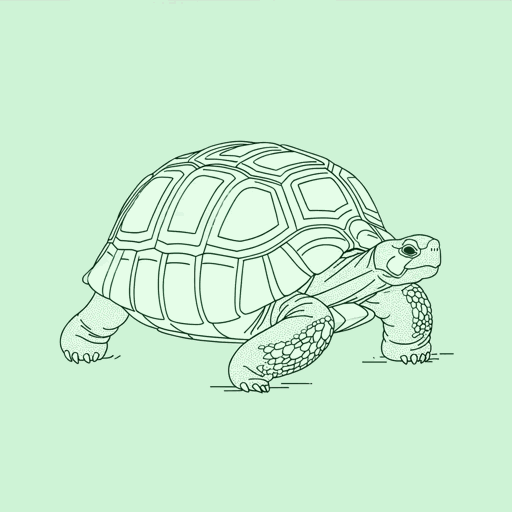
Esio Trot
Roald Dahl

Fantastic Mr Fox
Roald Dahl

George's Marvelous Medicine
Roald Dahl
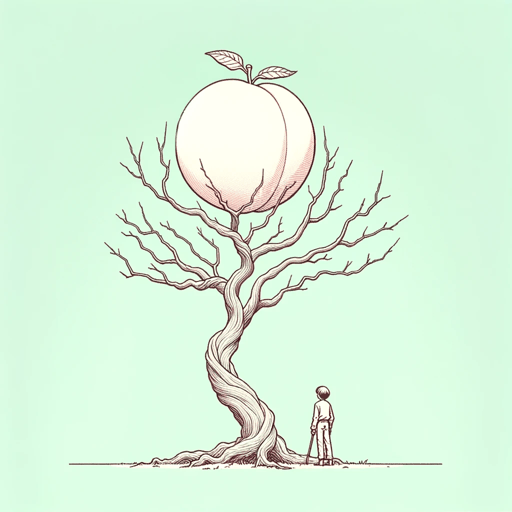
James And The Giant Peach
Roald Dahl

Lamb To The Slaughter
Roald Dahl

Matilda
Roald Dahl
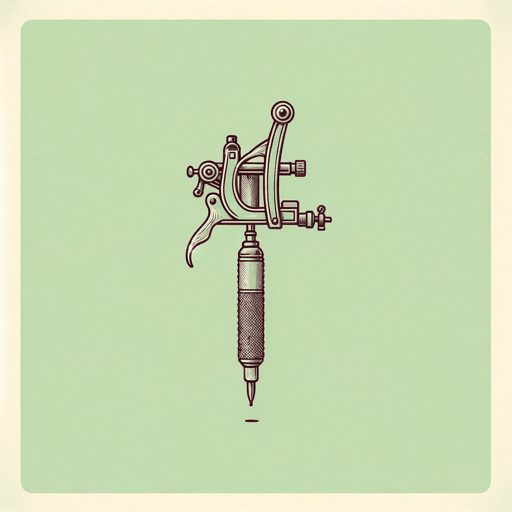
Skin
Roald Dahl
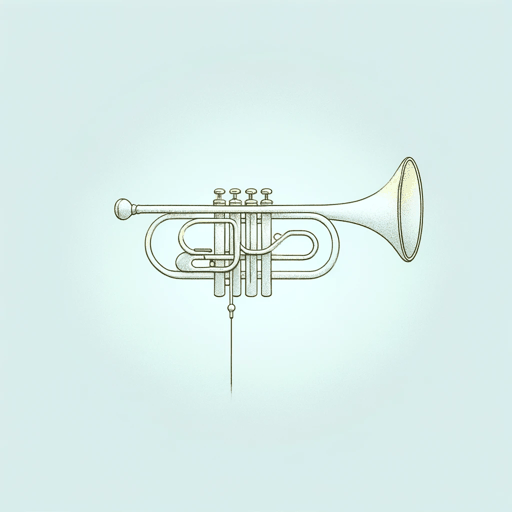
The BFG
Roald Dahl

The Giraffe and the Pelly and Me
Roald Dahl, Illustr. Quentin Blake

The Landlady
Roald Dahl

The Twits
Roald Dahl
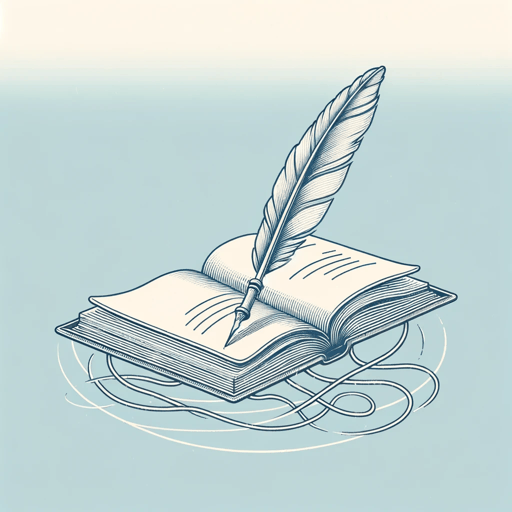
The Way Up To Heaven
Roald Dahl
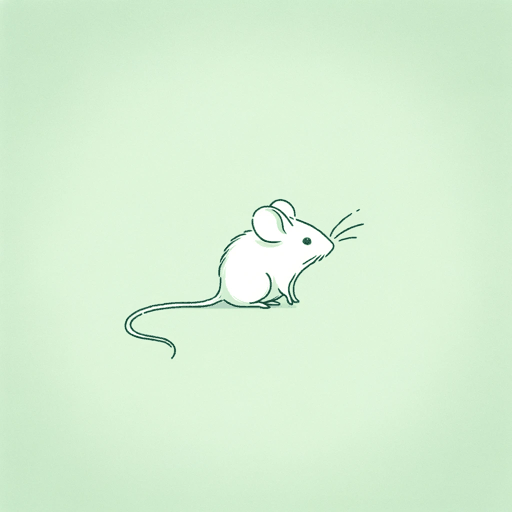
The Witches
Roald Dahl

The Wonderful Story of Henry Sugar and Six More
Roald Dahl

